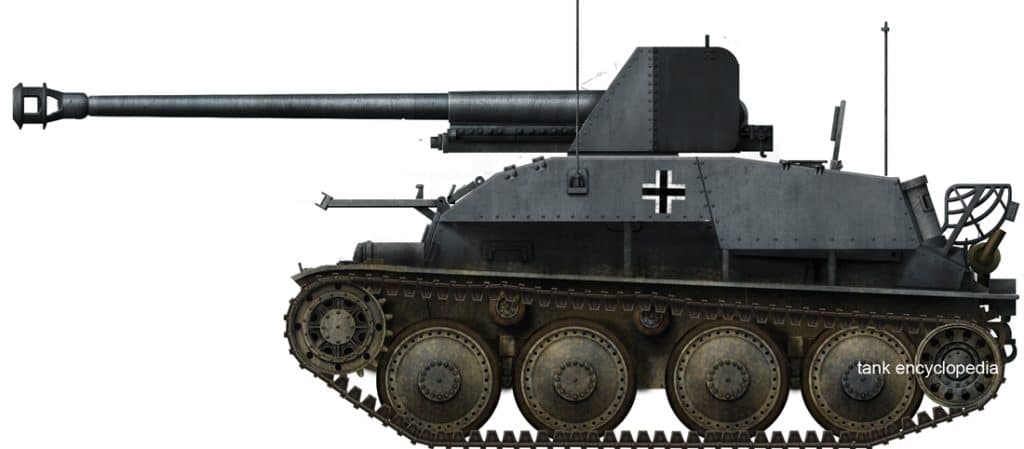And rename the vehicle "Odysseus's Bow" or "Vater ist jezt zu haus".So basically in a perfect ambush one shell can get what? Three shermans before coming out the third and hitting the fourth but without the energy needed to crack the armor on that fourth one?
Pushing on from German late war napkinwaffe, question for Claymore, and not that the US would do anything like this in OTL, but what about a US vehicle SPA/TD based on the naval 5 in. 38 cal. looking something resembling the late war M40 GMC. From what I can see on navweapons seems like it could do the same thing. I can imagine that being a very lethal tank killer as well as good artillery, not to mention its AA abilities. At sea it was certainly considered the best dual purpose weapon of its kind. On land its not going to do what it could do on a ship platform certainly, I imagine ammo stowage would be the big thing, but still pretty nasty.



